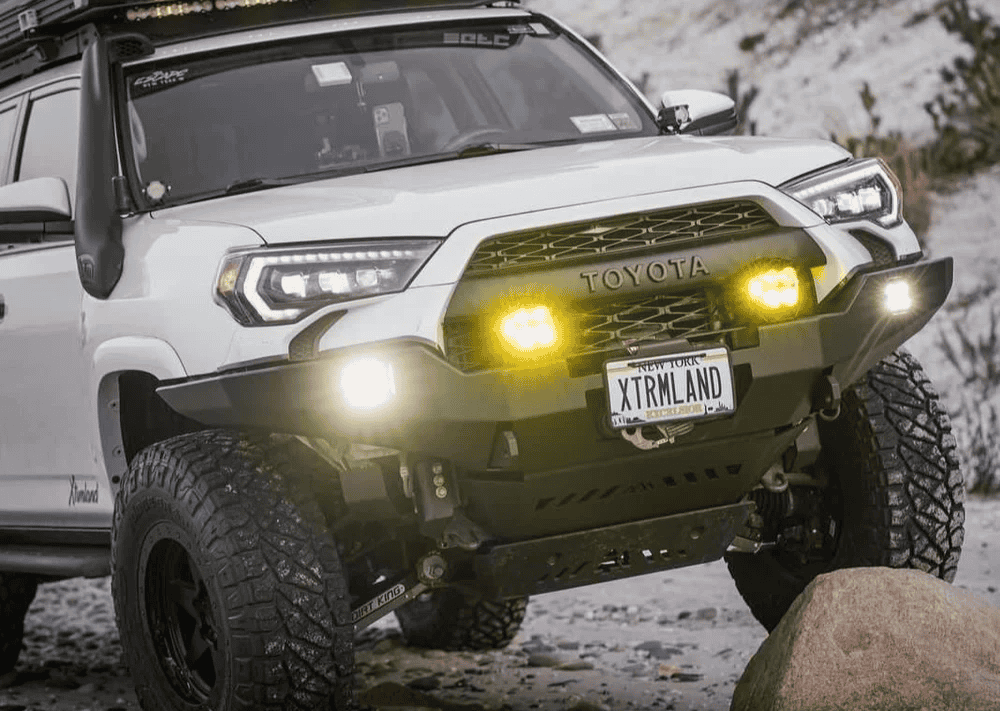Overland Vehicles

Every great design begins with a single sentence. Write down where you will go, how many days you will stay off grid, who rides along, and what weather you expect. That one line becomes the filter for every decision. A desert loop with long highway transfers demands different choices than muddy forest trails or alpine passes. When you frame your mission first, you control weight, range, and comfort rather than chasing gear lists.
Picking a base vehicle is about dimensions, not badges. Measure trail width, parking constraints, and garage ceiling height. Compare wheelbase to breakover risk and turning radius. Look at approach and departure angles, factory tow ratings, and the aftermarket ecosystem for bumpers, winches, and armor. Match engine torque and transmission gearing to how you drive and the elevations you see most. A reliable platform you can service anywhere will beat a complicated rig that strands you.
Shorter wheelbase turns tighter and clears crests more easily, but gives up cargo volume and sleeping length. Longer wheelbase tracks straighter at speed and swallows storage, yet needs careful ramp planning. Ground clearance helps, though diff shape and skid design decide how easily you slide rather than snag. Keep tire size reasonable for your axle and braking package to preserve acceleration and control.
Suspension sets daily ride quality and trail confidence. Aim for matched springs and dampers that carry your final payload without sag. Tires are your only contact patch, so choose tread for your climate and the surfaces you see most. Airing down reduces harshness and gains traction, but only if you have a compressor and bead security that suit your pressure targets. Set alignment for loaded weight, not curb weight, to prevent wander and cupping.
Treat the rig like a small expedition boat. Every system must earn its keep in watts, pounds, and cubic inches. Map an honest energy budget before you buy solar or batteries. List daily amp hours for fridge, lights, fans, communication, and charging laptops. Add a safety margin for heat waves and cloudy stretches. Plan wire runs early to protect looms and prevent chafe.
A dependable power system starts with accurate loads and efficient appliances. A high output alternator or charge controller shortens recovery time after long drives. Use proper fusing, cable sizing, and bus bars for clean serviceability. Mount the inverter where it can breathe and stay clear of bedding or soft goods. Label everything so troubleshooting on the trail is painless.
Weight distribution shapes how the rig feels. Keep heavy items low and between the axles. Use modular storage that locks without rattles. Slide outs and drawers should clear open doors and camp furniture. Soft bags consume odd spaces and prevent ankle bruises. Vent gear zones to manage dust and moisture. An organized interior saves time at camp and keeps drivers calmer on technical sections.
Water storage takes space, so right size it to your route and climate. Add filtration so you can safely refill at creeks or spigots with unknown treatment history. Insulation, window coverings, and strategic fans control temperature swings more effectively than oversized air systems alone. For cold nights, prioritize dry heat that handles condensation and allows cracked windows for fresh air.
Recovery gear is insurance. Select a jack that works with your axle weight and tire size. Carry rated soft shackles and a quality strap, plus traction boards if you see sand, snow, or slick clay. Air down where appropriate and build a habit of walking tricky lines before driving them. Keep first aid, a fire extinguisher, and a satellite communicator within arm’s reach. Practice using every tool before you need it.
A plan only proves itself under load. Pack your real kit and do a weekend loop before a big departure. Take notes on noise, heat, wiring access, and camp ergonomics. Adjust mounting points, add lashing rings, and tune tire pressure for the final weight. Reliability grows when you iterate gradually and fix little issues quickly.
If you prefer a partner that turns your plan into a finished machine, tap a proven shop. Explore our overland rigs to see how mission driven design translates into trail ready results. For focused upgrades to a platform you already own, our custom overland upfit services align suspension, power, and storage with your goals. Curious about our approach and delivery process from consult to shakedown? Read why choose OZK Customs to learn how we build for real travel.
You have the blueprint to design my dream overland rig. Tell us the miles you plan to cover, the trails you want to reach, and the comforts you refuse to give up. We will turn that brief into a quiet, capable, long range rig that feels effortless to live with on day one and day one thousand. Fill out the form and let us craft a rig that matches your map.
Ready to turn your plan into a proven trail machine? Tell us how you travel, and our team will engineer the suspension, systems, and storage that fit your life. Share your goals in the form and let OZK map the path from sketch to delivery.
ADDRESS:
6159 E Huntsville Rd, Fayetteville, AR 72701
PHONE:
(479) 326-9200
EMAIL:
info@ozkvans.com